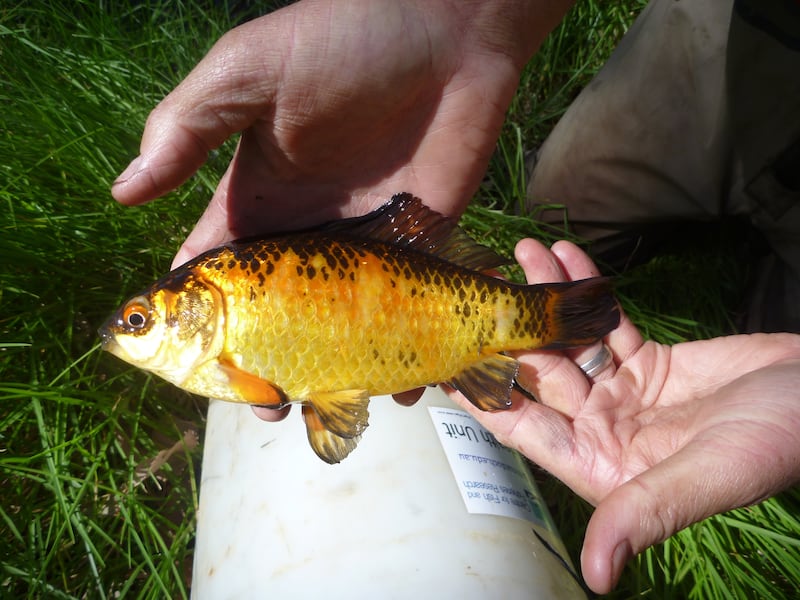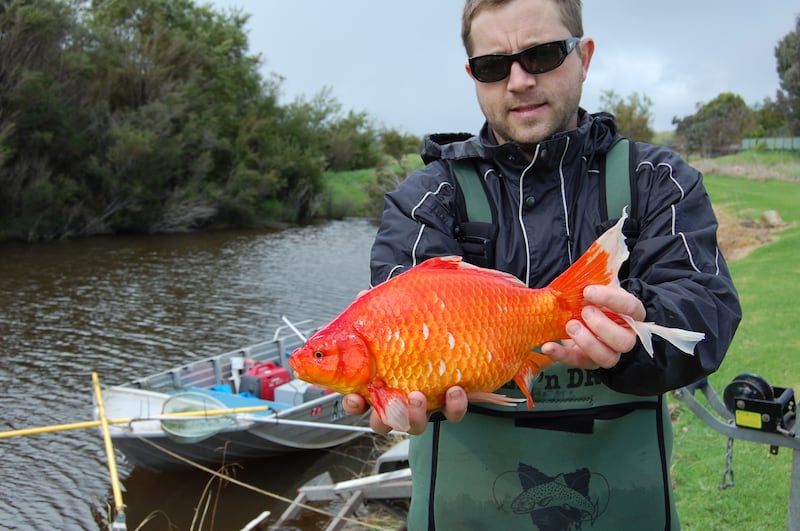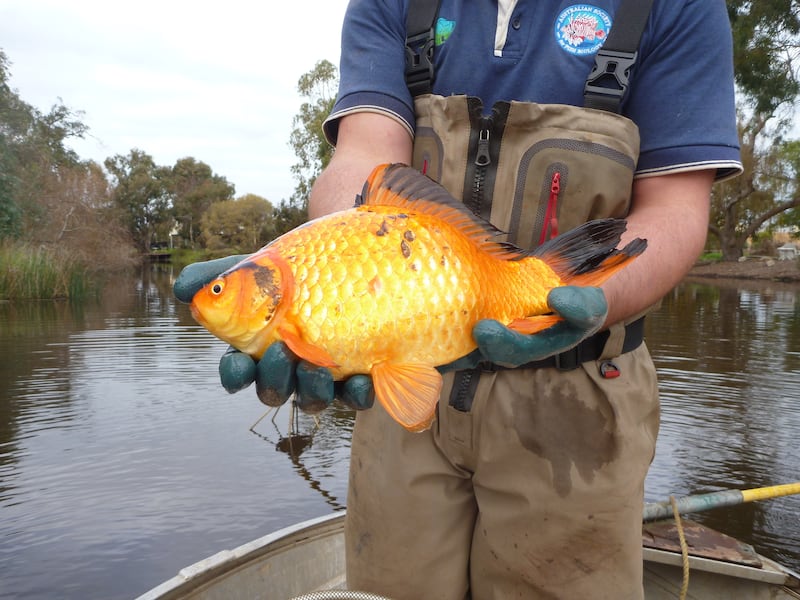Australia has a problem with goldfish. Specifically, that they’re releasing harmful nutrients into Australian rivers, uprooting and consuming vegetation, overeating, and blocking waterways.
And new research suggests that problem could be about to get worse, as the discovery of goldfish in estuaries – the tidal mouths of large rivers – suggests they can tolerate salt water.
“This research indicates that goldfish could start using estuaries as a ‘saltbridge’ to invade and colonise new river systems,” said Dr James Tweedley, of Murdoch University, who conducted the research in the south-west of Western Australia.

Goldfish may seem harmless, but decades of the species being dumped into lakes or even flushed down toilets has resulted in them being classed as one of the world’s worst invasive aquatic species.
Last year scientists from Murdoch discovered that goldfish in the Vasse River were growing to huge sizes – up to 40cm long, and could weigh over two kilograms.
The Vasse is nutrient rich and goldfish living there have the “fastest known individual growth rate of this species in the world” – while at least 76 invasive freshwater fish species have been introduced to rivers in Mediterranean climate regions around the world.
In the latest research, 526 goldfish were caught in the Vasse estuary, which is connected to the Wonnerup estuary where goldfish have this year been caught for the first time.

Dr Tweedley said: “Goldfish have been recorded in estuaries elsewhere around the world, but they have been confined to the uppermost parts of those systems or their presence has coincided with periods of high freshwater flows associated with heavy rains.
“However, we discovered the goldfish in the Vasse estuary in the middle of summer. This is before it becomes very salty, but clearly the fish are capable of tolerating saline conditions for several months.
“This raises the concerning possibility that goldfish might use the estuary to access and expand its distribution into new waterways, such as the Sabina, Abba and Ludlow rivers.”
It wasn’t known that goldfish could survive in salty water, with pet goldfish living in tap water, which has a salinity of zero. Seawater has a salinity of around 35, while the water Dr Tweedley found these fish in had a salinity of around 17.

Researchers are worried about native fish species, with goldfish a “known vector for the introduction of parasites and diseases”.
“The reports of goldfish in the Wonnerup estuary are especially concerning as it seems to indicate their raids are already happening,” Dr Tweedley said.
“The invaders may even exacerbate the regular algal blooms that occur in the system, and goldfish are a known vector for the introduction of parasites and diseases.
“This is bad news for native fish species and the overall health of our precious estuary and river systems.”
So if you needed a reason to dispose of any unwanted goldfish responsibly, there’s a few.








